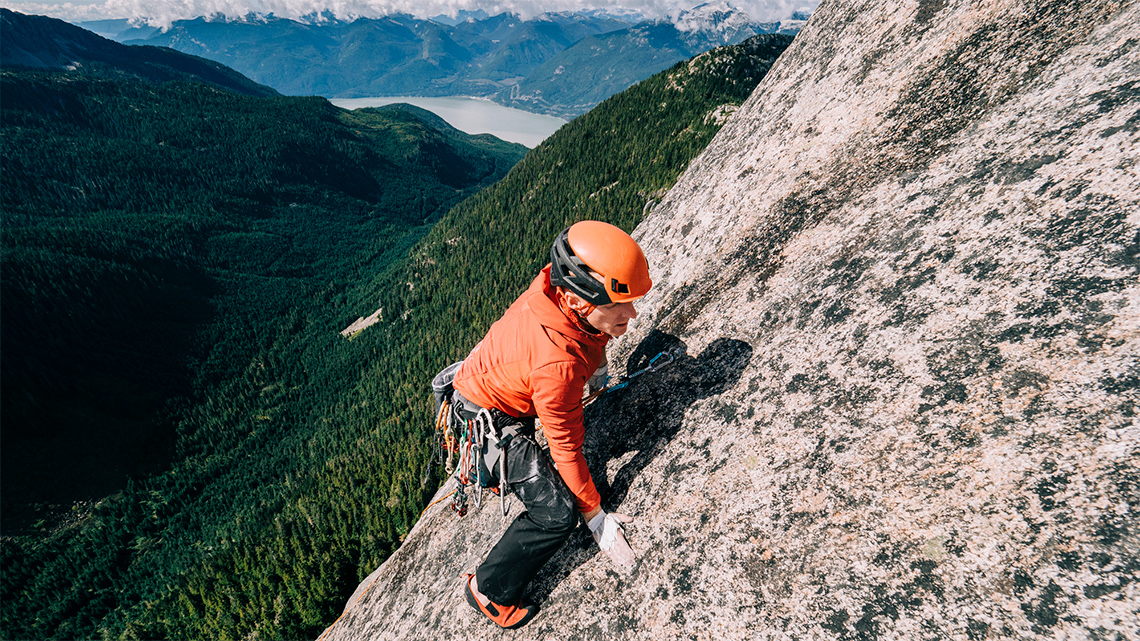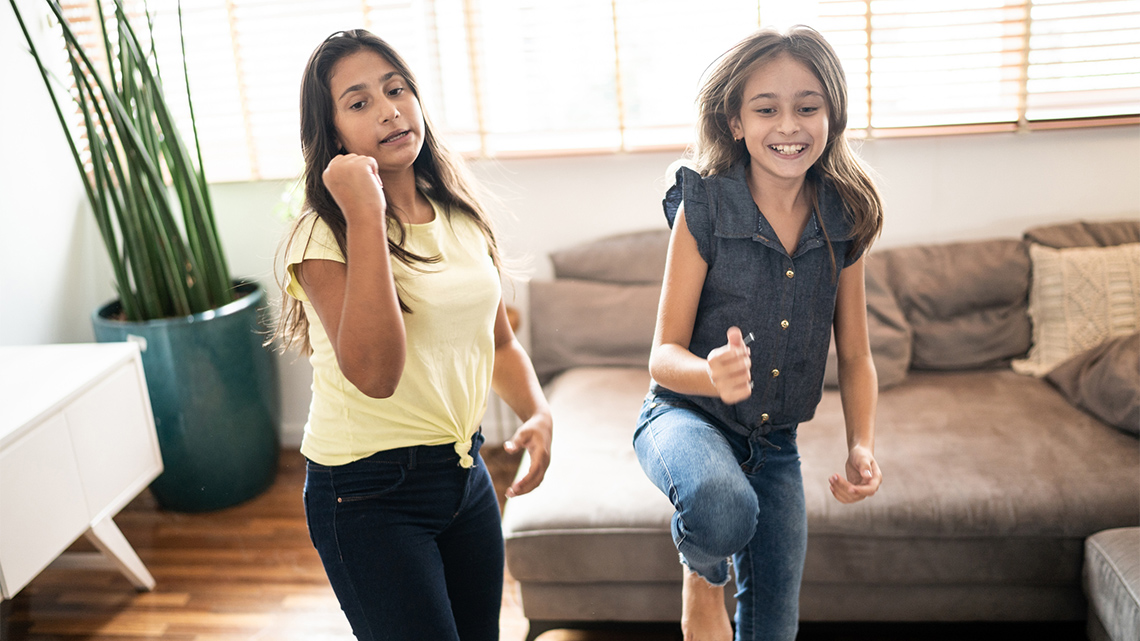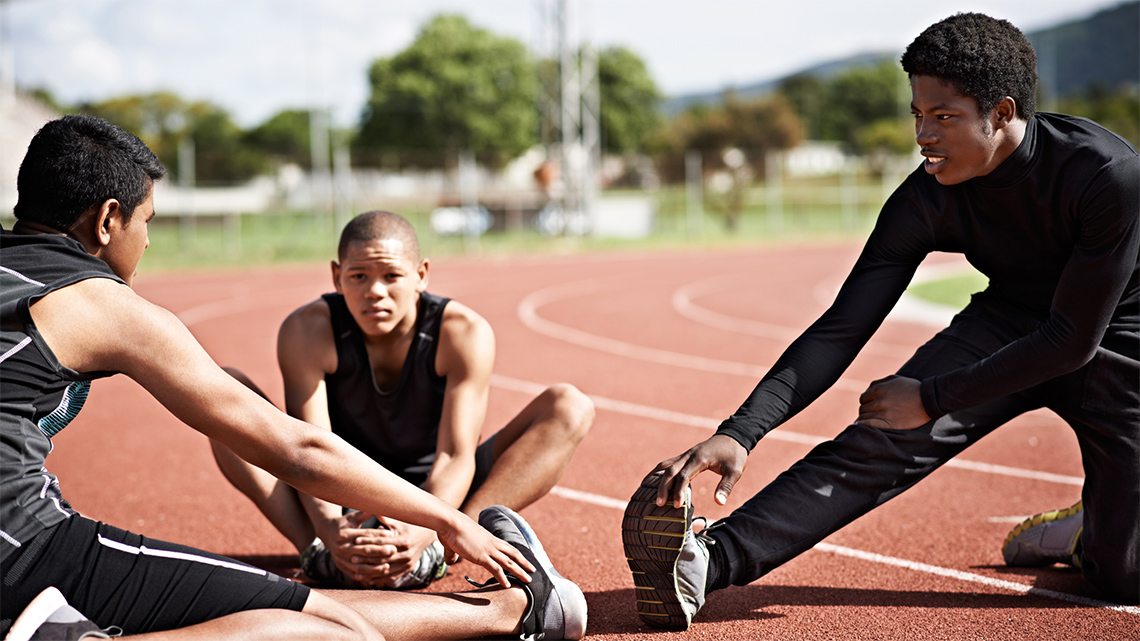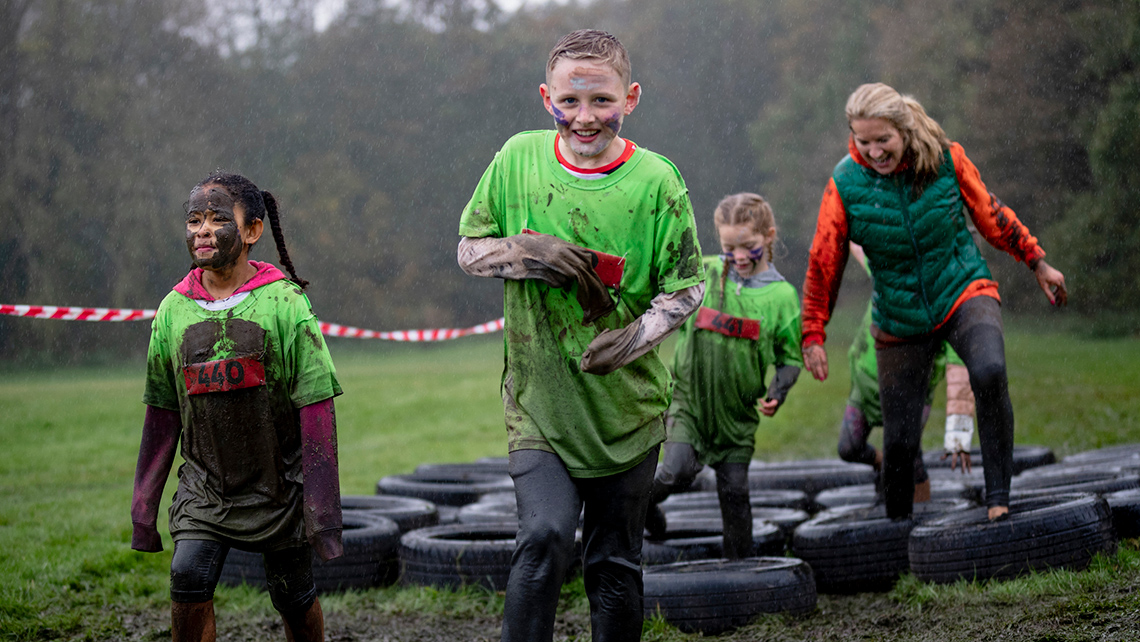Minds On
What is physical literacy?
We often associate the term “literacy” with reading, writing, and speaking. Somebody who is literate is able to read something, comprehend it, and discuss or write about it as well. Being literate is being capable of more than just recognizing words. The same can be said for physical literacy. Individuals are able to move, or learn actions required for a sport. However, demonstrating physical literacy goes much deeper.
Somebody who is physically literate can:
- understand the value of staying active
- demonstrate confidence and motivation to stay active
- recognize the importance of building, acquiring, and maintaining physical skills
- incorporate activity into their daily lifestyle
- make informed decisions about their diet and consumption
What are some examples of somebody demonstrating physical literacy?
Physical literacy at school
Access the following article, which discusses a physical literacy program that is implemented at a school in Sudbury.
You will now access the article “How physical literacy is teaching Sudbury students the ABCs of exercise”.
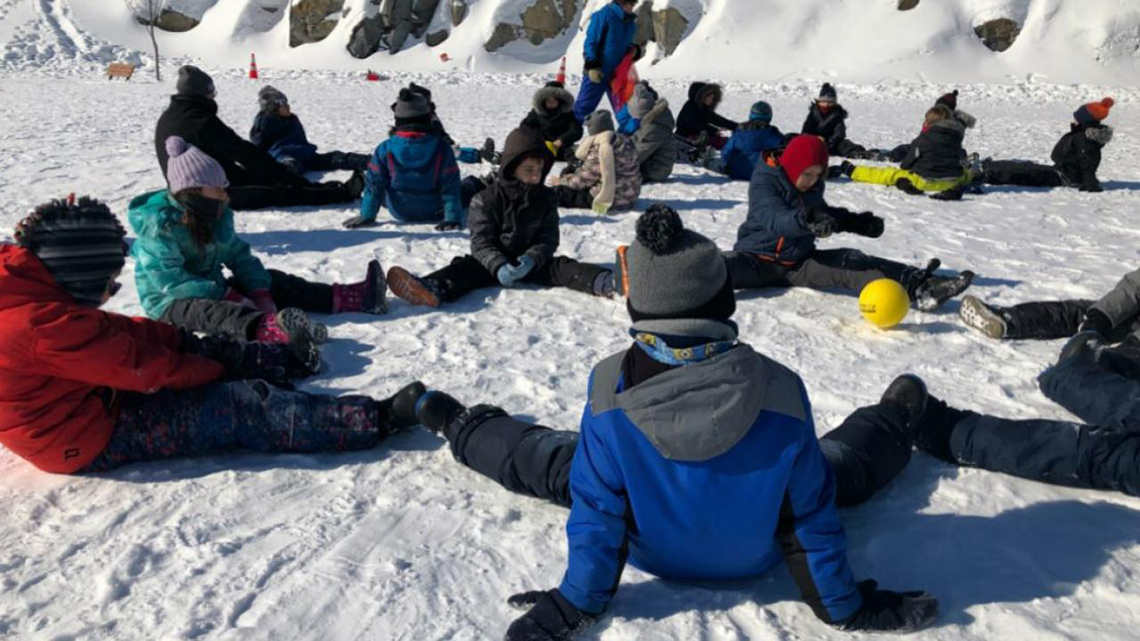
Press tvo today to access How Physical Literacy Is Teaching Students the ABC's of Exercise.
TVO dot org (Opens in a new tab)Pause and Reflect
Pause and reflect
- What are some of the activities students do to build their physical literacy?
- How is building physical literacy different than playing sports?
- What are some ideas you could do to help build your physical literacy?
Action
Physical literacy
Let’s get active by completing the following activities. Choose either the group or individual option for each activity. After completing each one, reflect upon what the physical challenges were, and how you are building, practicing, or maintaining your physical literacy.
Conveyor belt
Whole group
Get into a small group. Sit in a line with your legs straight out in front of you, alternating the direction each of your group members are facing, and sitting across from one another. Sit flat on the ground, with your hands behind you to help support. Your knees will be touching. Starting at one end, your group will move an object such as a ball or a shoe down the line by raising and lowering their legs. You cannot use your hands! The idea is that you are using core strength, leg maneuverability, and teamwork to pass an object in an unconventional way. When you are finished, you can change the order and try to beat your time.

Independent
On your own, or competing against a partner, notice how many bean bags or rolled up socks you can pick up from a pile, using only your ankles or elbows, and place on the other side of your body, while staying seated. Try to beat your own time, or your partner’s!
Ball beatdown
Whole group
Divide into two separate teams, and a large, inflated exercise ball will be placed in the middle of the game area. Players then throw dodge balls at the exercise ball in an attempt to move it to the other team’s area. Nobody is allowed to touch the exercise ball with anything except thrown dodgeballs. Once the exercise ball crosses into a team’s zone, reset, and start again. The losing team gets to pick a member from the winning team to join their side.

Independent
If you are working independently, practice throwing with a game of wall ball or by tossing objects into a designated space.
Copy the dance
Whole group
You will all take turns performing a dance movement, while other students try to mirror the dance. As you become more confident, the moves you create can become more difficult.

Independent
Create a short dance routine. Practice your routine as if you were presenting it to a class.
Tarp flip
Whole group
All students stand on one side of a tarp. The goal is simply to transfer everybody onto the other side of the tarp without touching the ground. This game requires collaboration, communication, and physical awareness.

Independent
Complete as many tarp flips using a towel or blanket as you can to move from one end of your learning space to the other end.
Pause and Reflect
Pause and reflect
After you have attempted each activity, consider the following questions.
- Which activity was the most challenging?
- Which activity was the most fun?
- What age groups could play each activity?
- How were these activities different than playing a sport?
Consolidation
Physical literacy leadership
Plan, organize, and pretend to host a physical literacy day for others at your school. As grade eights, younger students may follow our choices, and we can inspire healthy habits. This is also a good opportunity to employ your leadership skills and be integral in setting up an event.
Individually or with a partner, create and prepare to host your own activity. Consider what physical skills you will be building, and how to keep the activity interesting and fun.
Here are some possible skills to incorporate.
Your activity should not be overly complicated and should not take very long to explain. The activity should not have a winner or a loser. You’ll want to ensure it is accessible and fun for every age in your school. Use the chart below to help organize your thoughts and keep you on track.
Complete Game Planning in your notebook or using the following fillable and printable document. If you would like, you can use speech-to-text or audio recording tools to record your thoughts.
Press the ‘Activity’ button to access Game Planning.
| Name of game: |
|---|
| Materials Required: |
| Setup: |
| Skills Being Developed: |
| Rules of Game: |
| Modifications and/or Extensions: |
As your games get developed, try it out and, if possible, play them with other students. Feedback can be important and help you to further develop the game.
You may want to create posters or announcements to generate interest. Come up with a system for how classes might be divided and how they can move through the various activities. Drawing a map of your school yard with directions can help everybody find their way around.
Use this checklist to help stay on task and demonstrate your leadership at the school.
Reflection
As you read the following descriptions, select the one that best describes your current understanding of the learning in this activity. Press the corresponding button once you have made your choice.
I feel…
Now, expand on your ideas by recording your thoughts using a voice recorder, speech-to-text, or writing tool.
When you review your notes on this learning activity later, reflect on whether you would select a different description based on your further review of the material in this learning activity.
